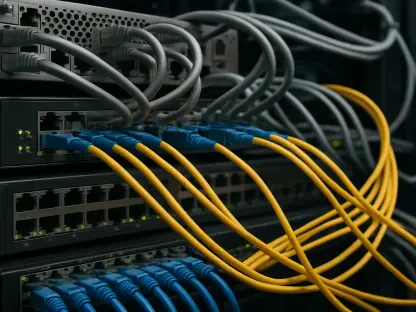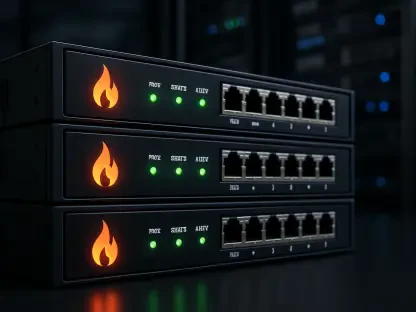In the complex world of corporate cybersecurity, the recent attack on the UK’s prominent retailer Co-op has underscored significant vulnerabilities that persist within many organizations. This cyber breach quickly followed a major incident at Marks & Spencer, pointing to an alarming pattern of sophisticated threats targeting high-profile businesses. Following an internal communication dated April 30, Co-op confirmed this intrusion but reassured that their operations, spanning across quick commerce and funeral services, remained unaffected in terms of customer-facing activities. While disruptions were minimal, mainly impacting back-office and call center functions, this incident has sparked a conversation about the effectiveness of current IT resilience strategies in place. Experts emphasize the need to transition from reactive to proactive measures to better fortify cyber defenses and prevent future breaches of this magnitude.
Challenges in IT Infrastructure
Legacy Systems and Siloed Security
The reliance on legacy systems has proved to be a significant point of weakness in the face of modern cyber threats. These outdated systems, often incompatible with newer technologies, present a lucrative entry point for cybercriminals. Furthermore, the isolated, or siloed, nature of security measures often leads to fragmented defenses, making it challenging to establish a unified response to breaches. Scott Dawson from DECTA is vocal about the urgent need to address these system vulnerabilities. Dawson criticizes outdated infrastructures that fail to keep pace with sophisticated cyber threats, advocating for a robust overhaul of IT architectures. This holistic approach ensures that systems are integrated and responsive rather than fragmented and reactive, ultimately providing a more fortified defense against cyber adversaries.
Containment as a Strategic Response
Co-op’s decision to shut down certain systems voluntarily during the attack demonstrates a containment-focused strategy aimed at limiting the damage caused by cyber intrusions. This measured approach was commended by industry experts like Raghu Nandakumara from Illumio. It reflects a growing trend towards implementing defensive measures that prioritize business continuity while safeguarding essential services. While containment is critical in minimizing immediate risks, it must be accompanied by an overall integration of proactive resilience within IT strategies. Businesses must learn to balance immediate threat response with comprehensive, preemptive measures. This dual approach is necessary to provide robust protection against future cybersecurity incidents, ensuring survival and sustainable growth of business operations.
Driving Toward a Resilient Future
Evolving to Integrated Defense Mechanisms
For businesses to thrive in today’s digital landscape, there needs to be a paradigm shift in cybersecurity approaches. Companies like Co-op illustrate a pivotal movement from reactionary tactics to more integrated, resilient defense mechanisms. This evolution calls for building adaptable frameworks capable of mitigating risks in real-time. Resilience engineering should become a staple of IT strategies, focusing not only on detecting and responding to threats but also on robust prevention measures. As digital threats evolve in complexity and frequency, comprehensive cybersecurity plans become paramount. Organizations should invest in advanced technologies and foster a culture of continuous adaptation to protect their assets and maintain consumer trust in an ever-changing threat landscape.
The Role of Cybersecurity in Business Continuity
Lessons from the Co-op incident are clear: effective cybersecurity is not just a technical necessity but a fundamental component of business continuity planning. By embedding strong cybersecurity practices into their operational fabric, organizations can ensure minimal impact during breaches while safeguarding their reputation and trust. The strategic decision to maintain business functions even amidst a cyber attack reflects growing awareness of cybersecurity’s role in sustaining a brand’s integrity and financial stability. Moving forward, businesses must prioritize cybersecurity as a central element in their core strategies. This not only protects against immediate threats but also bolsters long-term prosperity by assuring stakeholders of their commitment to resilience and security in a digitally dependent world.
Building a Future-Proof Security Landscape
As the dust settles from recent cyber incidents, the pressing need for organizations to embrace a future-oriented cybersecurity mindset becomes ever more evident. An integrated approach to cybersecurity, combining resilience engineering and proactive threat management, has emerged as the cornerstone for effective digital defense. Implementing advanced technologies and nurturing a culture of continuous cybersecurity awareness and education are critical steps to stay ahead of evolving threats. These strategies are essential not just for averting potential breaches but also for building trust with consumers and stakeholders. As the digital landscape continues to evolve, organizations must adopt these measures to safeguard their operations and ensure a secure future against incessant cyber adversities.









